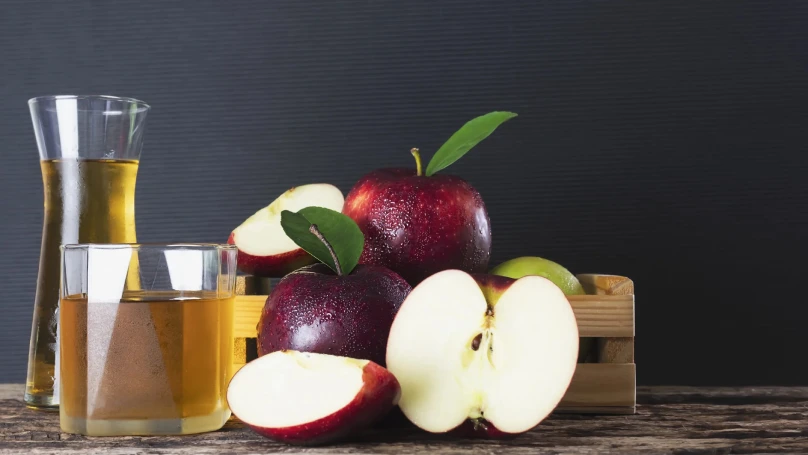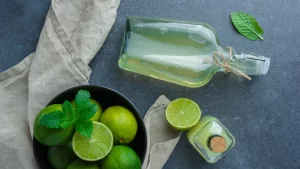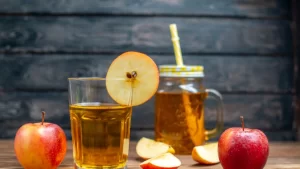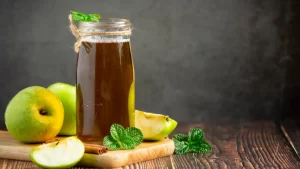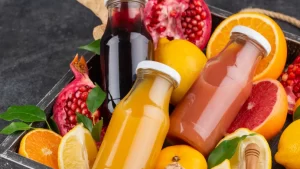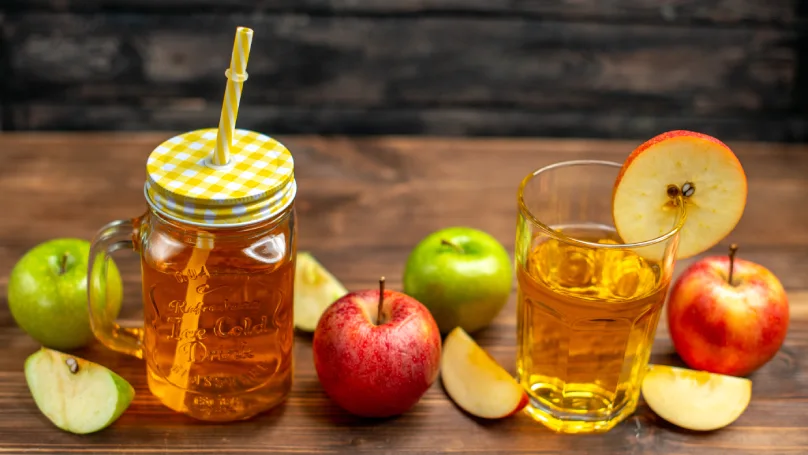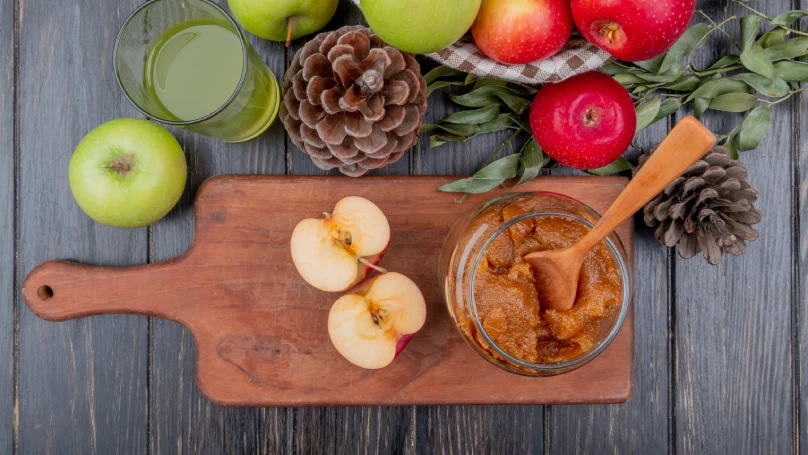Apple concentrate is the backbone of the food and beverage industry, fully integrated through several stages to ensure that the taste, quality, and nutritional value are maintained to the best possible degree. Due to its strong flavor and long shelf life, it is an ingredient that has found widespread use from fruit juices to bakery products. It is a production process that represents the fusion of precision agriculture and innovation in food processing, from fresh apples to concentrated flavored syrup. The following article takes a professional look at the sequence of steps for the apple concentrate production process and demonstrates the precise expertise in this important ingredient.
Step 1: Sourcing and Selecting Apples
First, comes the sourcing of good-quality apples from credible orchards. Producers then target specific sweetness and acidity levels for desired flavor profiles. Most commonly, this is Fuji, Granny Smith, and Gala depending on the purpose of the end product. They inspect them closely and pick the apples at their ripest moment so that flavor and juice are as optimal as they can get.
Step 2: Washing and Cleaning
The apples go through an intense wash immediately after arrival at the house to remove dirt, pesticides, and other contaminants on the surface. This is normally done with high-pressure water jets using food-safe detergents. Then, sorting eliminates bruised, moldy, or otherwise defective fruits so that only the best qualities go to the next phase.
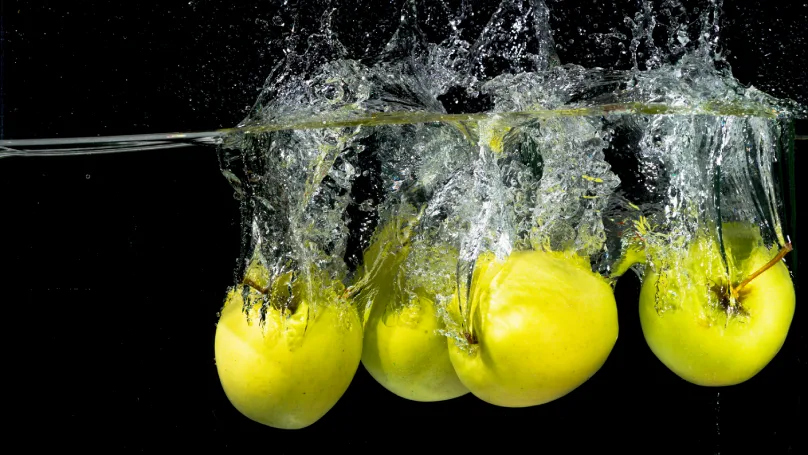
Step 3: Crushing and Mashing
Cleaned apples are pulped or mashed in large industrial grinders designed for this operation. This operation is very important in juice release because it disrupts the cellular structure of the fruit and lays a very good foundation for subsequent juice extraction. This will result in a thick apple-based slurry, resembling a mash, which contains all the fleshy and juicy parts of the apples. This mixture shall then be made ready for pressing, a step whereby further processing to extract the liquid will allow the final product to be reached.
Step 4: Juice Extraction
The next step includes the transfer of apples into some hydraulic or pneumatic pressure system for a very high pressure applied to the apples sucking the juices. This is done with expected minimum air contact with apples, which is critical because it helps to prevent oxidation. This approach is a method of controlling the relative preservation of natural flavor and nutrient content in fresh apple juice, thereby producing a good quality juice, albeit retaining the beneficial qualities of the fruit. This in turn becomes very important in producing quality juice because it ensures that the juice is a very fine representation of the apples themselves.
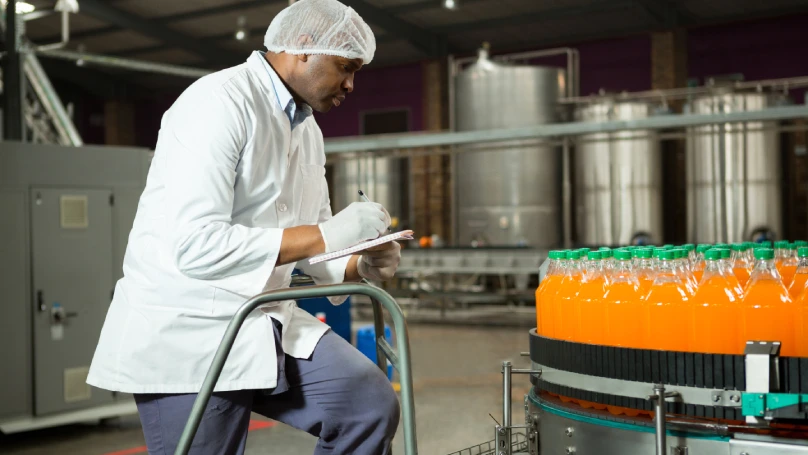
Step 5: Filtration and Enzymatic Treatment
This juice, when extracted, goes through an elongated process in that it has to pass through a well-filtered filtration system that is uniquely designed to get rid of solid particles, unwanted pulp, and seeds, which might somehow find themselves in the liquid. Next to filtering, juice is then introduced to carefully added enzymes. Such are essential in degrading complicated molecules, especially those of pectin and starch. This is a very important enzymatic action, since it helps to ensure that the liquid resulting is not only clear but also stable, free from cloudiness that could affect its quality.
Step 6: Concentration Through Evaporation
Juice is then evaporated in vacuum evaporators that are designed to work under controlled circumstances. This modern equipment can work under a low-pressure condition; thus, it allows boiling at a much lower temperature, setting it apart from conventional methods. This very careful and important process of removing water from the juice would do so without a very small change in the flavor and nutritional quality of the juice. The juice is converted into a very thick syrup-like concentrate, heavy with concentrated apple essence but retaining its most important original characteristics. This is the concentrate that effectively captures the taste of apples-very much so and is excellent for different uses in cooking and other things.
Step 7: Cooling and Packaging
Rapid cooling of the product once concentrated helps prevent microbial growth, preserving the integrity of the product. Some producers also pasteurize the concentrate through controlled heat treatment at this stage to further improve the shelf life of the product, thus flavor preservation.
The final concentrated apple is passed into sterile containers or drums, ready for storage and shipment. Several manufacturers prefer freezing the concentrate, especially if it is to be shipped to offshore markets so that it can remain fresh upon arrival.
Conclusion
Apple concentrate production is a well-structured process. It pairs selected apples with modern processing techniques. These steps include washing, crushing, concentrating, and packaging. All of which ensure that the final product is as reminiscent of the fresh taste and nutrients found in the fruit as possible. The entire process involves a multi-step process that demonstrates technique and innovation that results in a product that is, at least in appearance, as simple as possible, while being an incredibly convenient and flexible ingredient for a variety of foods and beverages. If you want to easily make apple concentrate, Tarazfoods exporter of beverages and food products in Iran suitable for various applications, including jam production, beverages, and more. Our products are available in bulk quantities, ensuring consistency and efficiency for your manufacturing needs.

